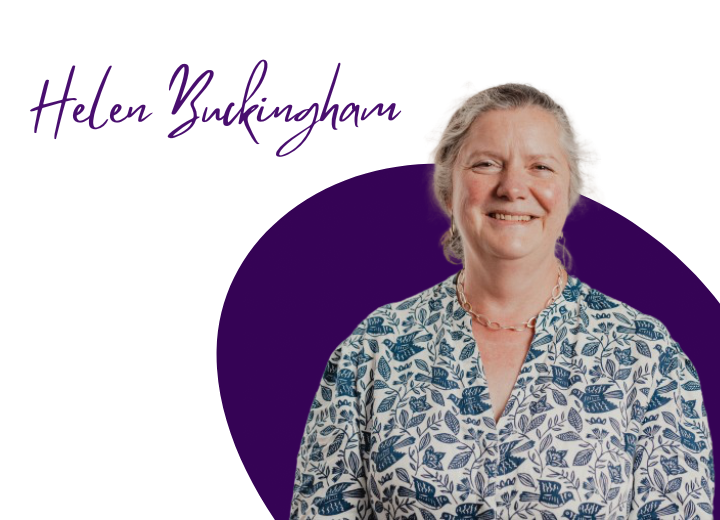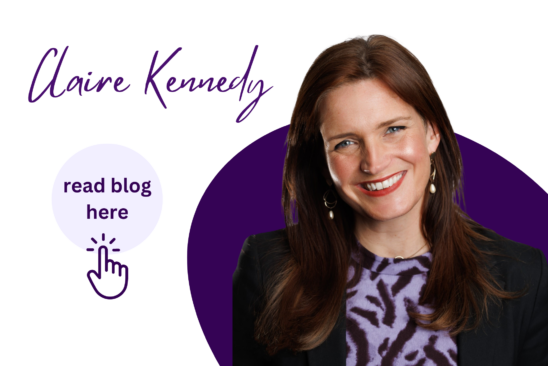Authors
What’s your theory of change? Or in plainer English, what are you going to do to achieve your ambitions, and why do you think it will work? The basic questions which underpin any strategy or policy. Strategy and policy are about choices – we want to achieve X, to do that we could do A or B, and we are choosing A because…
Because what? Because we’ve done a full root cause analysis of the problem we are trying to solve, and we absolutely know that by doing A we will address the real issue, not just the symptom. Because ideologically we believe that A is the right policy lever to pull. Because although we know A isn’t the perfect approach, it’s good enough, and it’s the one we can afford, or the one we’ve got the staff for, or the only way we can fix it given the equipment we’ve got. Any and all of the above (and more) are legitimate answers.
It almost doesn’t matter what you decide to do in your strategy. The chances of you being able to succeed in delivering it will be enhanced by how you get to the answers, and by your understanding of the context you’re operating in and of the things which motivate the people who will be doing the doing. Organisations don’t do things, people do.
I’ve just been re-reading Nick Timmins’ fascinating – and accurate – account of the first 5 years of the Lansley reforms, and specifically of the birth and early years of NHS England. Now that was quite the set of policy decisions. But were any of the reforms really delivered in practice? Ten years on, yes, there has been substantial structural change. But the original reforms have been pretty comprehensively unpicked, with recent reorganisations compensating for the perceived failures of the previous ones. Read it yourself to understand the story, but one quote from David Flory, then CEO of the Trust Development Authority, now an ICS chair, sticks in my mind:
“The overarching conclusion that I’ve come to after more than 30 years in the NHS is that the models are always dictated by the personalities, the relationships, the behaviours, and the trust between individuals or lack of it.”
That’s not just true for the NHS. The history of other areas of public policy often comes down to the personalities of those driving change, and their relationships with those around them. Suzanne Heywood’s biography of her husband Jeremy, the exceptional civil servant at the heart of government before, during and after the Lansley reforms, describes many instances where his success – and therefore the ability of government to set policy – was predicated on his ability to manage relationships and achieve compromise. For good or ill, those reforms would not have happened without that.
So, setting a strategy which can be delivered requires thinking about the people delivering it – from the decision-makers to the doers. That doesn’t mean descending into fluffiness. In fact that’s probably the worst thing you can do. Clarity matters. As humans, we mostly want to understand the same things:
- What we’re expected to achieve;
- How success will be measured;
- What tools we have to do the job;
- What freedoms we have to decide how to use those tools.
Shared understanding is the bedrock of relationships, whether inside the same organisation or with stakeholders in other organisations. If we each understand what the other is trying to achieve, and why, we have a better chance of being able to help each other with the how. Or at least of being able to have a sensible conversation about the tensions between priorities, and to reach a suitable compromise.
And that takes us back to the how of setting strategy. In most cases, it’s the Board’s job to set the strategy for an organisation. Or the members, in the case of a local authority, or ministers in a government department. Having strategic decision-making vested in a relatively small number of people can certainly help clarity. But it doesn’t necessarily help understanding, or guarantee that the strategy set will be the best one. For that, you need to engage much more widely.
Talk with the people your organisation is serving, to understand what good looks like for them. Talk with the people delivering your services, to understand what matters to them, and what they need to succeed. Talk to the people your organisation interacts with, so that you can understand how to complement each other (and how to avoid getting in each others’ way). All these conversations also allow you to talk about the constraints and the context you operate under, and to grow mutual understanding. Build trust, so that when something happens which you didn’t expect – because something will happen – you can navigate through it without having to unpick the whole strategy and start again.
As a Board, you’ll still have to reach decisions, and make choices and trade-offs in doing so. But you should then be able to explain those choices and trade-offs to those affected by them, and to root those explanations in the intelligence gathered from your conversations, as well as other sources of evidence. You won’t please all the people all the time, life isn’t like that, but you will build respect, and you’ll build an environment around you which gives you the best possible chance of success.





